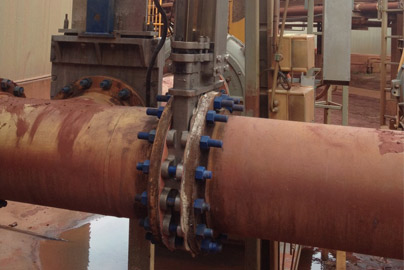Table saws are essential tools for both professionals and DIY enthusiasts, providing the power and precision needed for cutting wood, plywood, and other materials. Understanding the different types of table saws, their features, and best practices can significantly improve the quality of your work. This article will explore the world of table saws, discussing their types, important features, and how to use them effectively. Additionally, we will touch on how related materials like geocell are used in construction projects where cutting tools play an important role.

What is a Table Saw and How Does It Work?
A table saw consists of a circular blade mounted on an arbor, powered by an electric motor. The blade protrudes through a slot in the table surface, allowing users to push the material into the blade for cutting. Unlike handheld or portable saws, a table saw provides a stable cutting platform, making it easier to achieve accurate and consistent cuts. Many table saws also feature adjustable settings for blade height, tilt, and different safety mechanisms, ensuring both precision and safety during operation.
A table saw works by rotating a circular blade to cut through materials like wood, plywood, or MDF. The material is fed through the blade, often guided by a fence or other mechanisms, making it ideal for cutting straight, long pieces.
What Are the Different Types of Table Saws?
There are several types of table saws available, each catering to different needs and levels of expertise:
- Portable/Tabletop Saws: These are lightweight, compact models perfect for smaller spaces or contractors who need mobility. They are ideal for light-duty cutting tasks.
- Contractor Saws: Mid-sized and more powerful than portable saws, contractor saws are designed for professional use and can handle larger, more demanding jobs in the workshop.
- Cabinet Saws: These heavy-duty saws are built for industrial work and offer the most powerful motors and the highest quality components. They are stable and accurate, making them a go-to for high-precision projects.
- Hybrid Saws: These saws combine the features of contractor and cabinet saws, offering good power and stability without the hefty price tag. They are well-suited for serious hobbyists and small workshops.
Choosing the right type of table saw depends on the scale of the projects you plan to undertake and the space available in your workshop.
What Are the Key Features to Look for in a Table Saw?
When shopping for a table saw, consider these key features:
- Motor Power: A more powerful motor allows the saw to cut through thicker or denser materials with ease. This is important for professional-grade work or when dealing with tough wood.
- Rip Capacity: This refers to the maximum width of material the saw can cut. A larger rip capacity is necessary for cutting large boards or sheet goods.
- Fence System: A high-quality, accurate fence system ensures that cuts are straight and consistent. Look for saws with easy-to-adjust fences that lock firmly in place.
- Blade Adjustability: The ability to adjust the height and tilt of the blade allows for a wider range of cuts, from standard crosscuts to beveled or angled cuts.
- Safety Features: Blade guards, anti-kickback pawls, and push sticks are critical safety features that help prevent accidents and ensure a safer working environment.
How Does a Table Saw Relate to Other Construction Tools, Like Geocell?
While table saws are commonly associated with woodworking, they are also essential in construction projects where precise cutting of materials is required. For example, in landscaping or civil engineering, geocell materials are often used to stabilize soil and improve the strength of retaining walls or slopes. When working with geocell, accurate cutting is necessary to ensure the proper fit and performance of the material. Table saws, particularly those with powerful motors and adjustable features, can help cut geocell or other geosynthetic materials to the correct dimensions, supporting the efficient installation of geocell-based solutions.
Table saws are versatile tools that provide the power and precision needed for a wide range of cutting tasks. From portable saws for DIY projects to cabinet saws for industrial work, there is a table saw to suit every need. Key features like motor power, rip capacity, and safety mechanisms should be carefully considered when making a purchase. Additionally, for construction projects that involve geocell or other materials, a high-quality table saw can help ensure accurate cuts and enhance the overall success of the project.